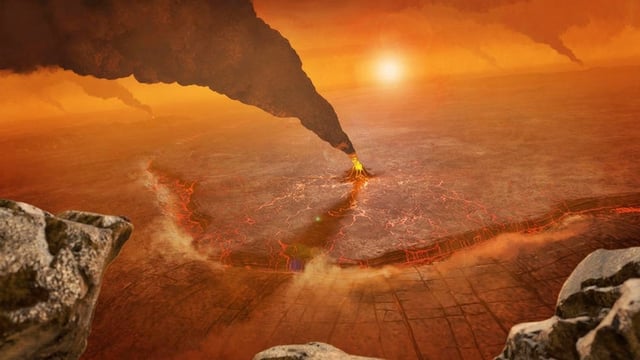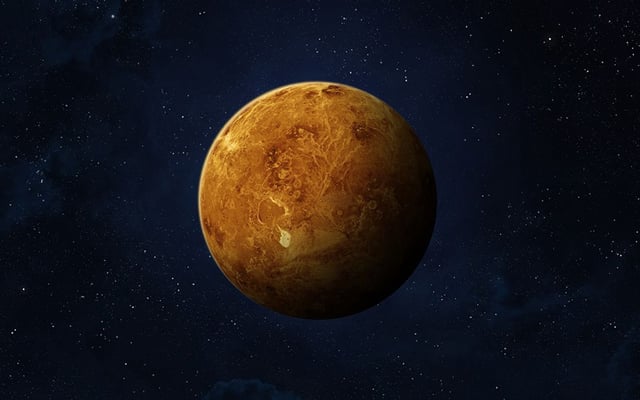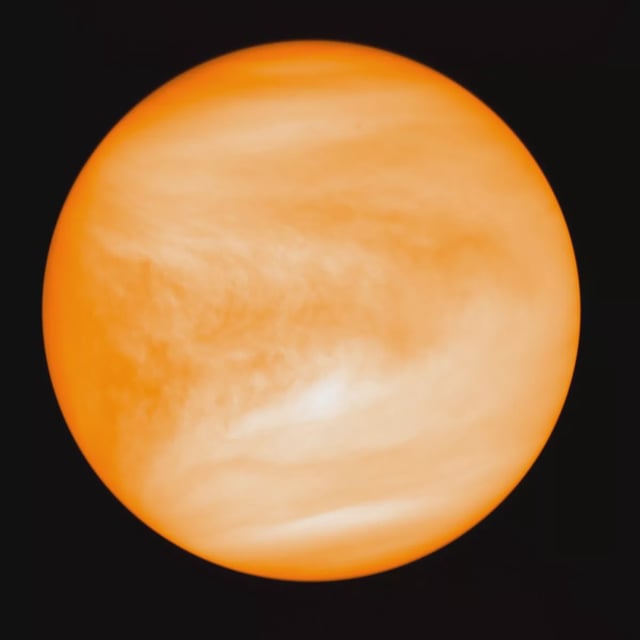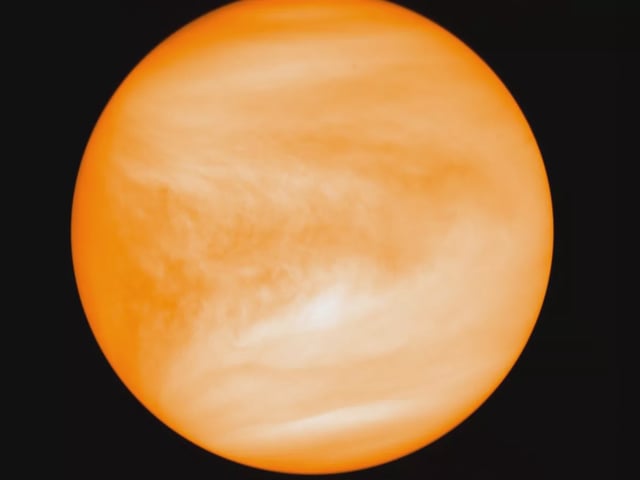Overview
- NASA-funded research published in Nature Communications finds that Venus’s crust is thinner than expected, averaging 40 km and reaching a maximum of 65 km.
- The study reveals a process where the dense lower crust melts or breaks off, recycling material into the mantle without tectonic plate movement.
- This metamorphic recycling may fuel hidden volcanic activity, potentially releasing gases like CO₂ and water vapor into Venus’s atmosphere.
- The findings contradict previous assumptions that Venus’s crust would continuously thicken without geological recycling mechanisms.
- NASA plans upcoming missions, including VERITAS and DAVINCI+, to gather direct data on Venus’s crust and atmosphere to validate and refine these models.



